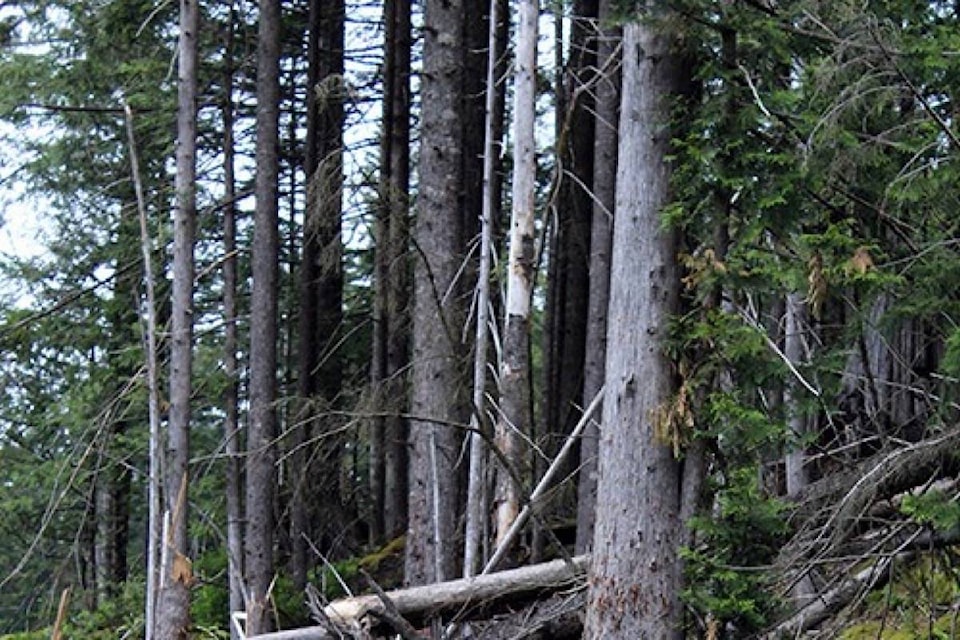A proposal to update maps that show underground water in Maple Ridge’s eastern Thornhill area was reversed Tuesday, with council asking staff to remove them from the city’s long-term plan.
Staff had suggested that two new maps, reflecting recent provincial updates of Maple Ridge’s aquifer boundaries, replace previous versions in the official community plan.
But a majority at council’s committee of the whole meeting voted to send the issue back to staff before it got to a regular council meeting. Council heard that the groundwater maps are for information only, for residents and developers, and are not required to be part of the OCP.
“Why are we doing this?” asked Coun. Gordy Robson.
Coun. Chelsa Meadus moved that the item be sent back to staff. The planning department will then make a recommendation to remove the maps from the OCP and that, instead, the provincial government be used as an aquifer reference.
“I don’t feel comfortable when the province starts doing things that the municipality should be doing and I don’t feel comfortable when we are treading outside our lanes,” said Meadus.
Coun. Ahmed Yousef asked if the city could extend the Metro Vancouver water supply to Thornhill, as a means of protecting the aquifer and preparing for future development in the area.
The Thornhill Aquifer has more than 400 water wells that provide homes in east Maple Ridge with drinking water, according to the CEED Centre website.
A 2017 study showed that it would cost $39 million to extend the water supply to east Maple Ridge, without getting developer contributions that normally would help pay for such a project as development proceeds, council heard.
Rod Stott, environmental planner, said the maps were included in the 2006 OCP after requests by local residents to raise awareness about the aquifer. But groundwater now falls more within provincial jurisdiction, he added.
Planning director Christine Carter said the OCP requires that Maple Ridge’s population exceeds 100,000 and that build-out be achieved in the urban area before suburban expansion is allowed in Thornhill, the area east of 248th Street.
But there still is lots of land for growth in the urban part of Maple Ridge, she added, with downtown slated for 50 per cent of that.
Council could change its OCP to allow expansion to Thornhill, “but there are definite, real costs that go along with that,” Carter said.
Coun. Kiersten Duncan wanted the item to be sent to regular council and not be defeated at committee of the whole.
“If we vote this down at this time, the public does not have an opportunity to speak to it,” she said.
Duncan was outvoted 6-1.
pmelnychuk@mapleridgenews.com
Like us on Facebook and follow us on Twitter
